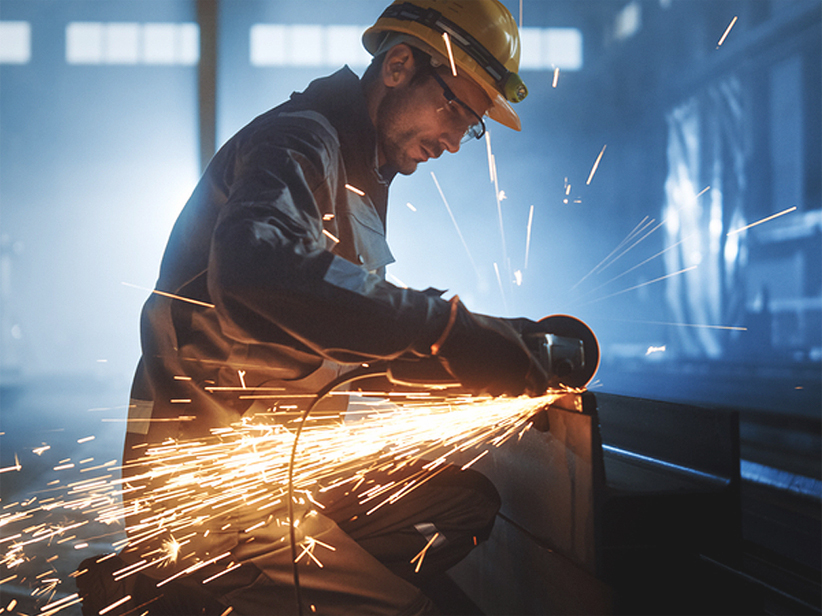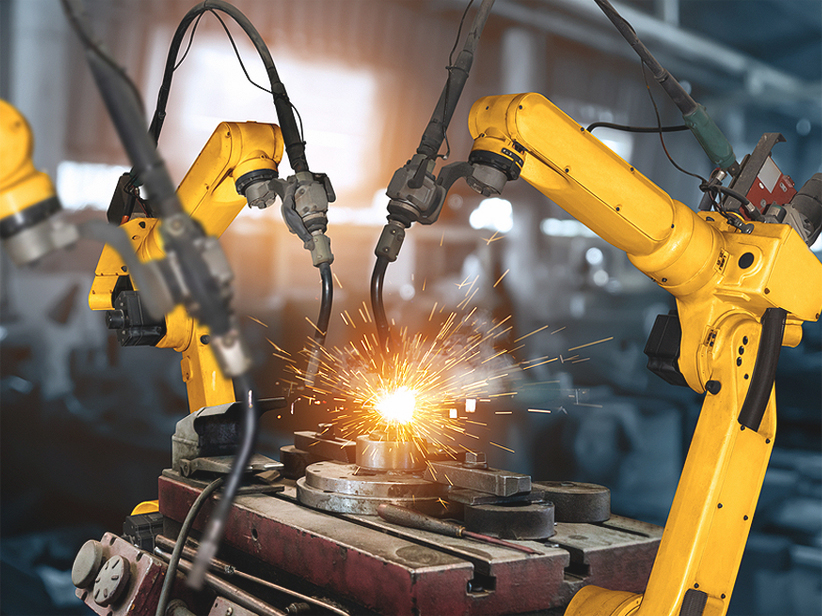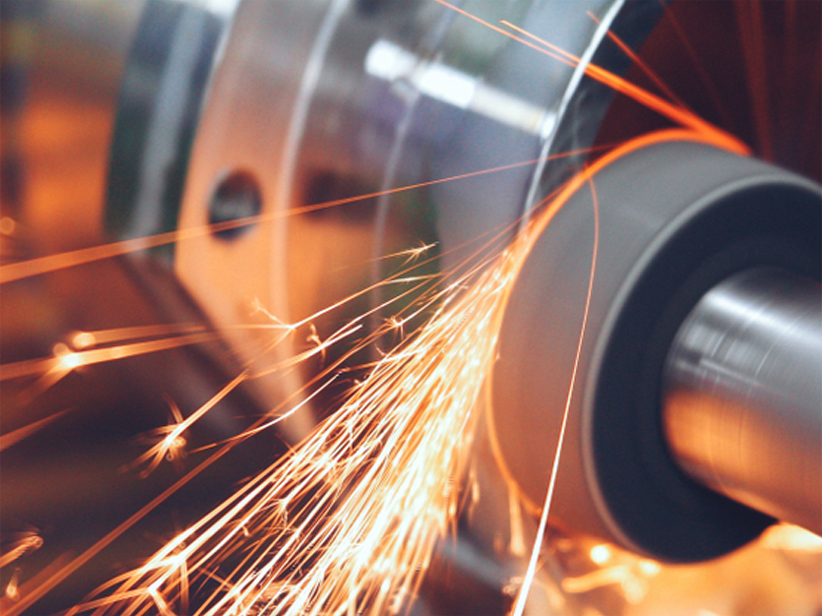Stainless Steel - Grade 316L / 1.4404
Description
316L/1.4404 stainless steel is an austenitic grade of stainless steel known for its excellent corrosion resistance, particularly in chloride environments. It is a low-carbon variant of 316 stainless steel, which enhances its weldability and reduces the risk of sensitization during welding.
Chemical Composition
The typical chemical composition of 316L/1.4404 stainless steel is as follows:
| Element | Composition (%) |
|---|---|
| Carbon (C) | ≤ 0.03 |
| Manganese (Mn) | 0.0 - 2.0 |
| Phosphorus (P) | ≤ 0.045 |
| Sulfur (S) | ≤ 0.03 |
| Silicon (Si) | 0.0 - 1.0 |
| Chromium (Cr) | 16.50 - 18.50 |
| Nickel (Ni) | 10.00 - 14.00 |
| Molybdenum (Mo) | 2.00 - 2.50 |
| Iron (Fe) | Balance |
Mechanical Properties
The mechanical properties of 316L stainless steel include:
| Property | Value |
|---|---|
| Tensile Strength (MPa) | 520 - 670 MPa |
| Yield Strength | 220 MPa (min) |
| Elongation (A50 mm) | 40% min |
| Hardness (Brinell) | 217 HB max |
Thermal & Physical Properties
The thermal and physical properties of 316L stainless steel are:
| Property | Value |
|---|---|
| Density | 8.00 g/cm³ |
| Melting Point | 1400 °C |
| Modulus of Elasticity | 193 GPa |
| Thermal Conductivity | 16.3 W/m•K |
| Thermal Expansion | 15.9 x 10⁻⁶/K |
Other Designations
316L stainless steel is also known by various designations, including:
- UNS: S31603
- DIN: 1.4404
- JIS: SUS316L
- GB: 022Cr17Ni12Mo2L
Fabrication and Heat Treatment
- Welding: 316L stainless steel is easily weldable using standard techniques, and post-weld annealing is typically not required.
- Machining: It can be machined effectively, though it tends to work harden if machined too quickly. Low speeds and constant feed rates are recommended.
- Hot Working: Optimal hot working temperatures range from 1150 °C to 1260 °C, with post-work annealing recommended for corrosion resistance.
- Cold Working: Common operations include shearing, drawing, and stamping, with post-work annealing to relieve internal stresses.
Applications
316L/1.4404 stainless steel is widely used in various industries due to its excellent corrosion resistance and mechanical properties. Typical applications include:
- Marine equipment
- Chemical processing
- Pharmaceutical equipment
- Food and beverage processing
- Pulp and paper production
- Heat exchangers
- Dyeing and film processing equipment
- Construction materials in coastal areas
Supplied Forms
316L stainless steel is available in various forms, including:
- Sheets and plates
- Bars and rods
- Tubes and pipes
- Wire and profiles
Features
- Superior corrosion resistance, especially in chloride environments.
- Excellent weldability and formability.
- Good mechanical properties at elevated temperatures.
- Resistance to pitting and crevice corrosion.
DIN Number
The DIN number for 316L stainless steel is 1.4404.
This datasheet provides a comprehensive overview of 316L/1.4404 stainless steel, highlighting its properties, applications, and characteristics suited for various industrial uses.






